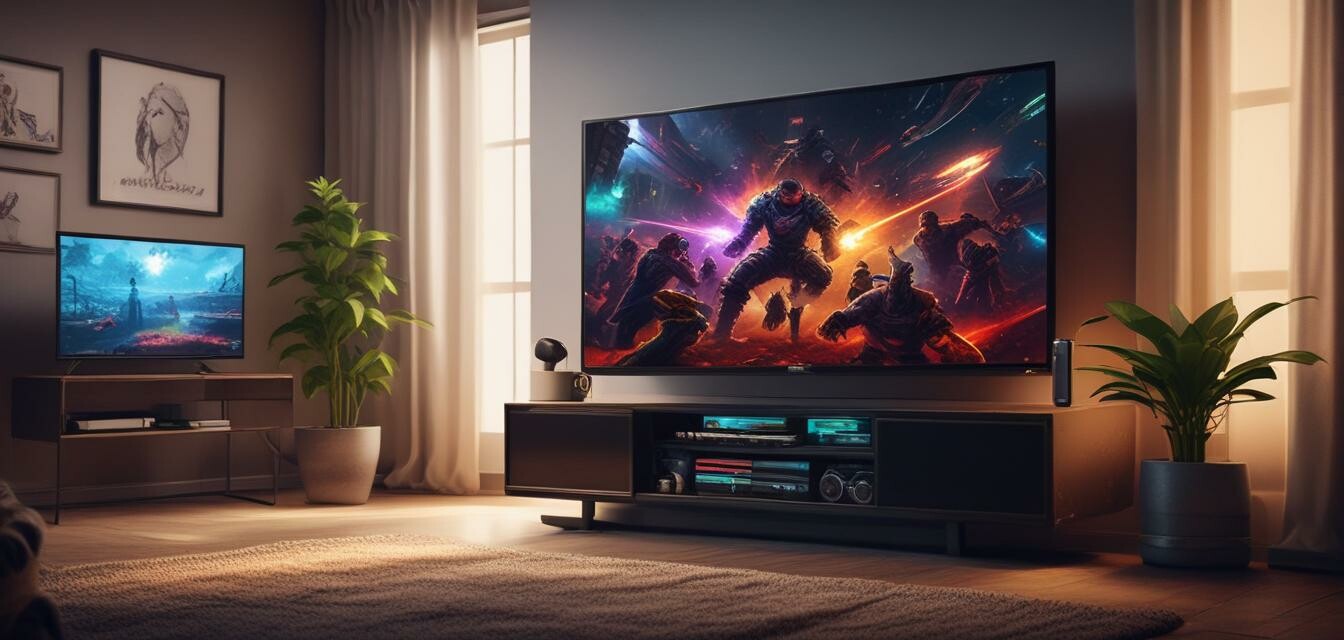
The Importance of TV Calibration for Gamers
Key Takeaways
- Proper TV calibration enhances image quality and provides a more enjoyable gaming experience.
- Key calibration settings include brightness, contrast, color, and sharpness.
- Regular calibration is essential to maintain picture quality, especially after firmware updates or changes in settings.
- Calibrating your TV can reduce input lag and improve gaming responsiveness.
- Professional calibration services are available, or you can use calibration tools and guides for DIY calibration.
In the gaming world, having the right setup can make a significant difference in gameplay. One often overlooked aspect of this is TV calibration. A properly calibrated TV not only enhances image quality but also ensures an optimal gaming experience. In this article, we will explore the importance of TV calibration for gamers, key calibration settings, and how to calibrate your TV effectively.
Why is TV calibration important for gamers?
When you think of gaming, you might focus on hardware specs, graphics quality, and gameplay mechanics. However, the television you use plays a vital role in your gaming experience. Here’s why calibration is essential:
- Improved image quality: Calibration ensures that colors are displayed accurately, improving the visual quality of games.
- Enhanced detail: Proper adjustments help in revealing finer details that could otherwise go unnoticed.
- Better immersion: An accurately calibrated screen can help you feel more connected to the gaming environment.
- Reduced eye strain: Calibrated brightness and contrast levels can lessen fatigue during long gaming sessions.
Key calibration settings for an optimal gaming experience
Here's a table outlining the primary settings that should be adjusted for optimal gaming:
| Setting | Description |
|---|---|
| Brightness | Adjust to improve visibility in dark scenes without sacrificing detail in bright areas. |
| Contrast | Enhance the difference between dark and light areas for better image clarity. |
| Color | Adjust to achieve realistic hues and saturation levels, enhancing overall image fidelity. |
| Sharpness | Control the clarity of images for a crisper look without creating artificial outlines. |
| Gamma | Adjust the midtones to improve overall depth and detail. |
How to calibrate your TV
Calibrating your TV may sound complicated, but with the right approach, you can achieve fantastic results. Here’s how:
- Use a calibration disc: Purchase or download a calibration disc that provides patterns for adjustments.
- Adjust settings: Follow the disc’s instructions to systematically adjust each setting.
- Use built-in calibration tools: Many modern TVs come with preset calibration modes tailored for gaming.
- Check for updates: Ensure your TV firmware is current as updates may affect calibration settings.
- Test with games: Play a variety of games to see how well the calibration settings perform in real-world gaming scenarios.
Benefits of professional calibration
While DIY calibration is accessible, professional services can provide a more thorough adjustment. Here are some benefits:
Pros
- Expertise in achieving optimal settings across different content types.
- Advanced equipment used to measure and adjust display performance accurately.
- Time-saving as experts handle the technical aspects for you.
Cons
- Costly compared to DIY calibration methods.
- Scheduling may be inconvenient; you’ll need to find a local service.
- Certain adjustments (like brightness) may still need rebalancing over time.
Conclusion
In conclusion, properly calibrating your TV is critical for enhancing your gaming experience. Whether you choose to do it yourself or hire a professional, investing time into calibration can lead to better image quality, details, and immersion. With the right settings, you'll enjoy every moment spent gaming.
For more insights on gaming TVs and their features, check out our guides on buying the best gaming TVs and learn the trends in the world of gaming televisions.
